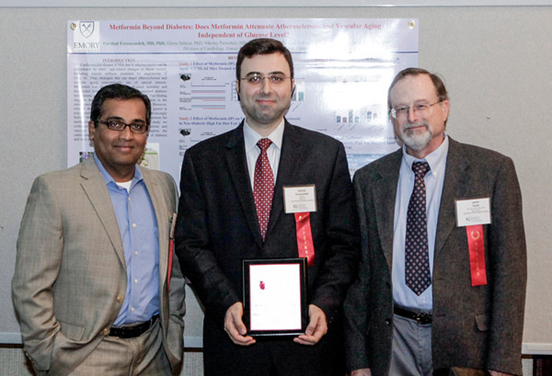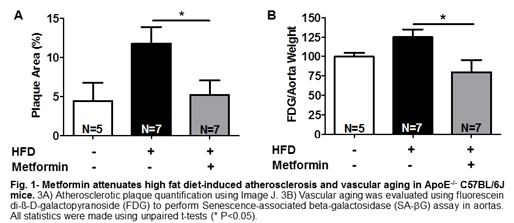Dr. Dhanunjaya Lakkireddy, MD, F.A.C.C, FHRS. is a board certified electrophysiology expert and practices at Mid-America Cardiology and The University of Kansas Hospital Clinics in Kansas City, KS, USA. He has several distinctions in clinical and research career to his credit and serves as an associate editor for Journal of Atrial Fibrillation.For further details Please visit :
Link

